Using grow lights in greenhouses can significantly enhance plant growth and productivity, especially in regions with limited natural sunlight or during the winter months. Here is a solution for effectively utilizing grow lights in greenhouses:
Light Spectrum Optimization: Selecting the appropriate light spectrum is crucial for successful greenhouse lighting. LED grow lights offer customizable spectrums that can be tailored to the specific needs of different plants. By adjusting the wavelengths of red, blue, and sometimes white light, you can mimic natural sunlight and provide the ideal lighting conditions for optimal plant growth.
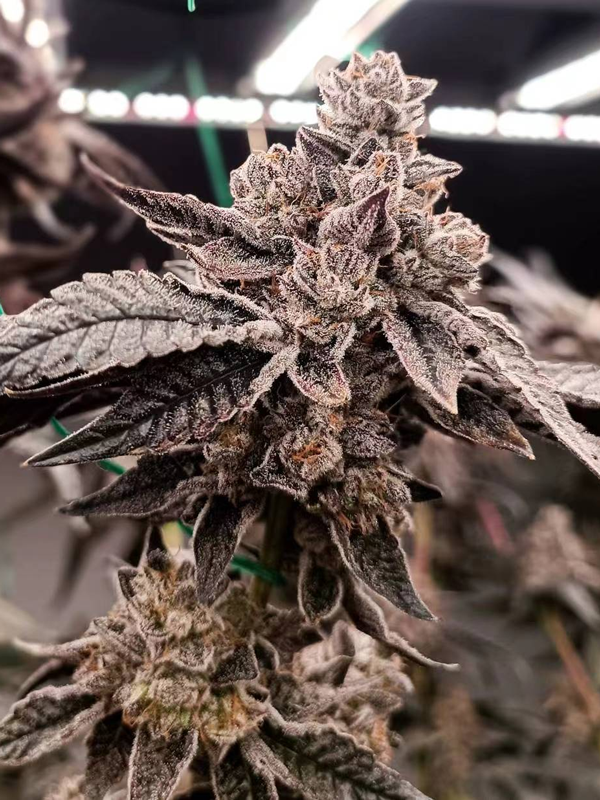
Supplementing Natural Light: Greenhouses typically receive some natural sunlight, but it may not always be sufficient for certain crops or during periods of reduced sunlight. Grow lights can supplement natural light by providing additional intensity and extending the photoperiod. This ensures that plants receive the necessary amount of light for photosynthesis and growth, regardless of weather conditions or shorter daylight hours.

Energy Efficiency: LED grow lights are the most energy-efficient option for greenhouse lighting. They consume less electricity compared to traditional lighting technologies and generate less heat. This reduces energy costs and helps maintain stable temperatures within the greenhouse. Additionally, LED grow lights have a longer lifespan, resulting in reduced maintenance and replacement expenses.
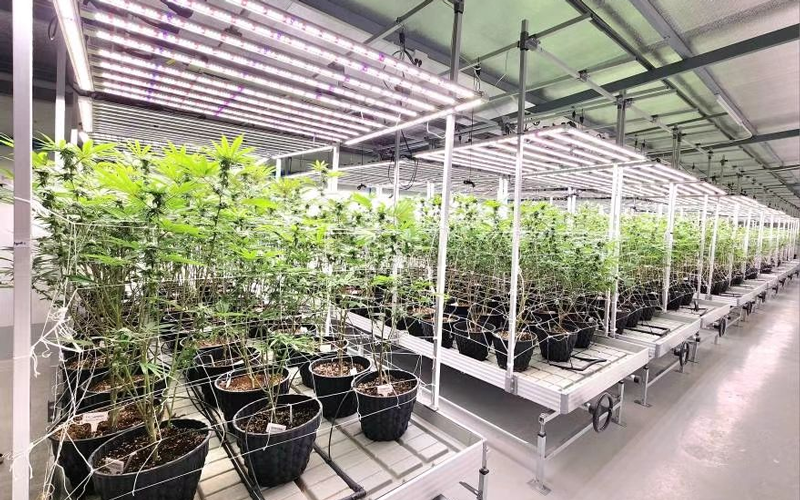
Energy Efficiency: LED grow lights are the most energy-efficient option for greenhouse lighting. They consume less electricity compared to traditional lighting technologies and generate less heat. This reduces energy costs and helps maintain stable temperatures within the greenhouse. Additionally, LED grow lights have a longer lifespan, resulting in reduced maintenance and replacement expenses.
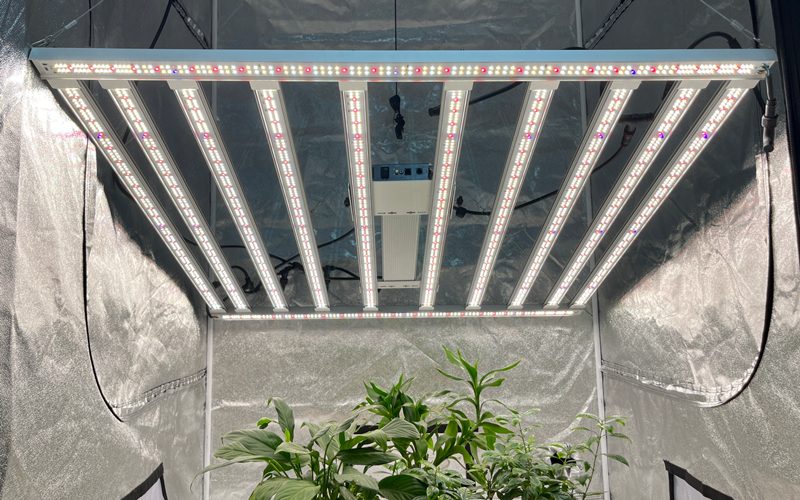
Light Distribution and Coverage: Proper light distribution is essential to ensure uniform growth throughout the greenhouse. Position the grow lights strategically to provide even coverage across all plants, considering their height, canopy density, and growth stage. Some LED grow lights are adjustable or come with reflectors to optimize light distribution, ensuring that each plant receives sufficient light for healthy growth.
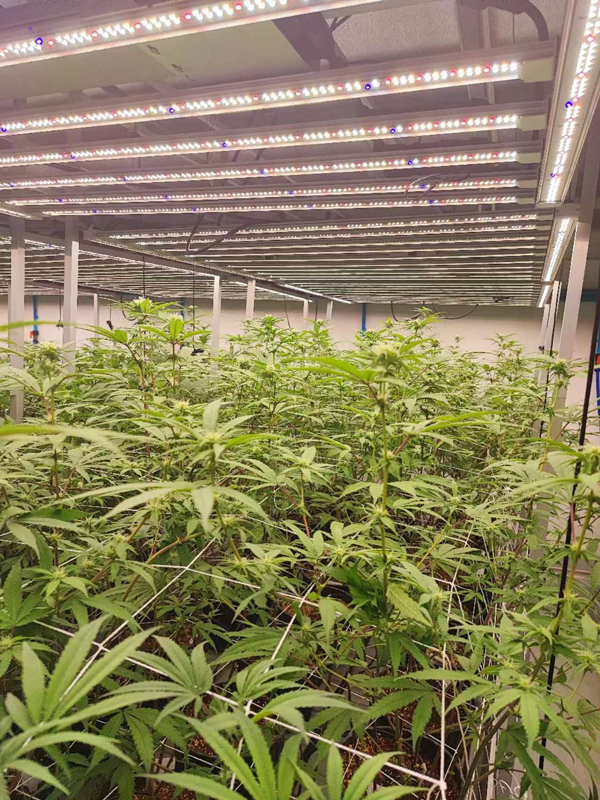
Light Intensity and Timing Control: LED grow lights offer adjustable intensity and timing settings, allowing you to customize the light cycle based on the specific requirements of your crops. This control enables you to simulate different photoperiods, optimize light exposure during different growth stages, and even manipulate flowering or fruiting cycles. By fine-tuning the light settings, you can maximize plant productivity and achieve desired growth outcomes.
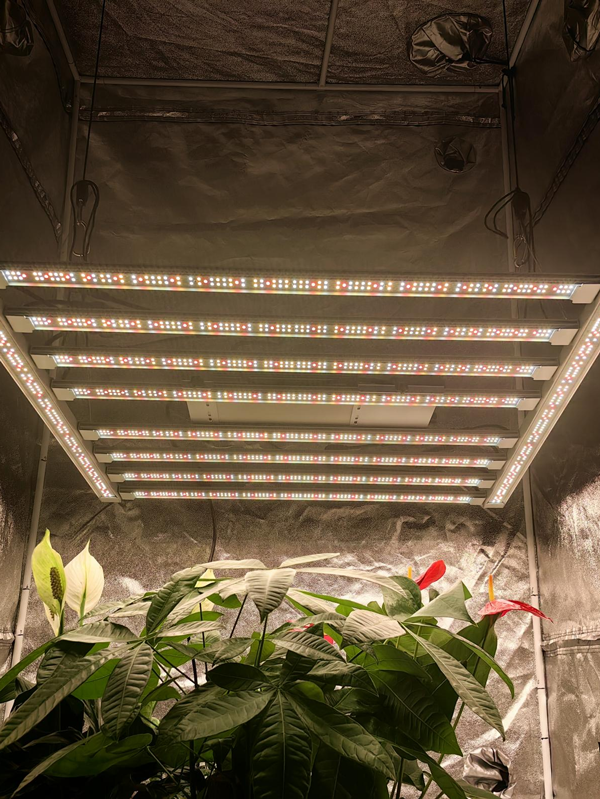
Environmental Monitoring and Automation: Integrating grow lights with environmental monitoring and automation systems can further optimize greenhouse operations. These systems can measure and adjust factors such as temperature, humidity, CO2 levels, and light intensity to create the most favorable conditions for plant growth. This integration ensures precise control and efficient use of resources, resulting in improved plant health and increased crop yields.
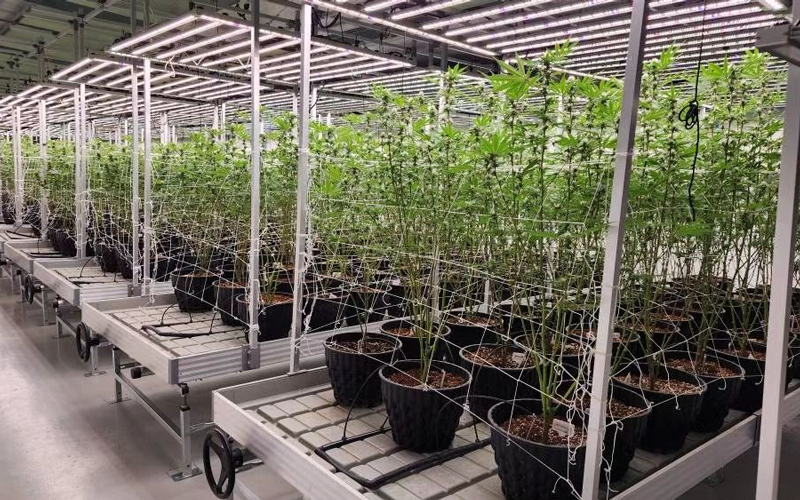
In summary, implementing grow lights in greenhouses offers several advantages, including customizable light spectrums, supplementary lighting, energy efficiency, precise control over light intensity and timing, and the ability to optimize growing conditions. By utilizing LED grow lights and incorporating them into a comprehensive greenhouse management strategy, you can enhance plant growth, extend the growing season, and maximize crop production.





